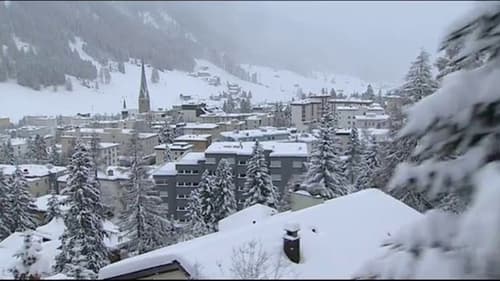
Script Supervisor
A research center in Sukhumi, the capital of today’s Abkhazia. Legend has it that it was built at the end of the 1920s to create a hybrid between man and monkey. The hypothetical creature never saw the light of day, but people and primates, like sad relics of the past, live together in the derelict wings of the medical institute to this very day. [KVIFF]

Editor
A research center in Sukhumi, the capital of today’s Abkhazia. Legend has it that it was built at the end of the 1920s to create a hybrid between man and monkey. The hypothetical creature never saw the light of day, but people and primates, like sad relics of the past, live together in the derelict wings of the medical institute to this very day. [KVIFF]

Editor

Editor
Nino Ferrer has had several lives: hits that made him famous; a dark but artistically fruitful period; a hidden life -of his own making- breaking away from showbiz. All these facets are concentrated in a brilliant, complex, skinned character. "It looks like Nino Ferrer" is a film rich in international archives (TSR, RTSI, Rai...), rare documents (Super 8 films of the Ferrer family) and even unpublished films (Nino Ferrer as an actor in an advertisement for Italian cheese). The film is also punctuated by the memories of famous musicians such as Manu Dibango as well as by the singer's successes and his live performances (L'Olympia, L'Arche de Noé).

Editor
In 1959, in Romania, six former members of the nomenklatura and the secret police organize a hold up of the National Bank. After their arrest, the state forces them to play themselves in a film which reconstitutes the crime and the investigation. At the end of their trial, filmed live, they are sentenced to death and executed. A month later, the film Reconstitution was released and became a sensation throughout the country. - Written by giolgaudaniel

Editor
Olmany, Terebejov, Gorodnaïa: Three villages in the Stolyn district, Belarus, 200 kilometers from Chernobyl. In this area, the radiation rate was considered too low to justify the systematic evacuation of the population. Sixteen years after the disaster, life continues in a seemingly unchanged landscape. These farming communities face an invisible threat on a daily basis.




